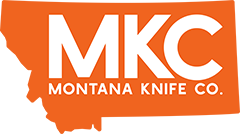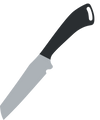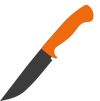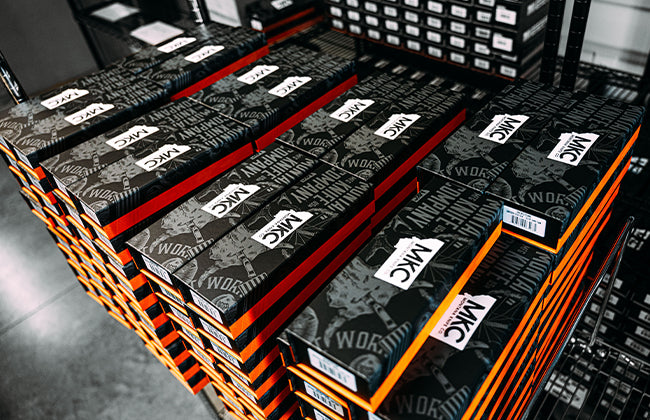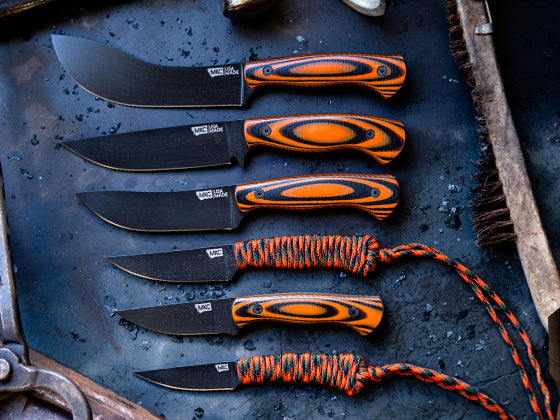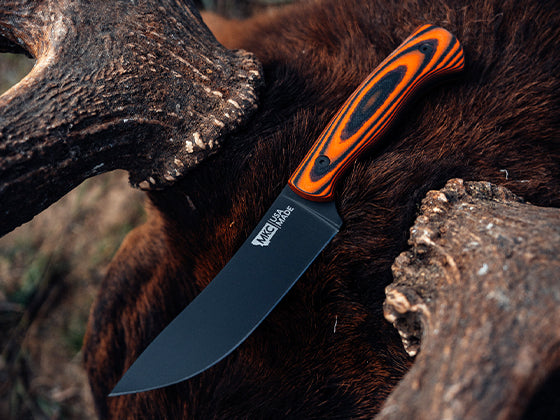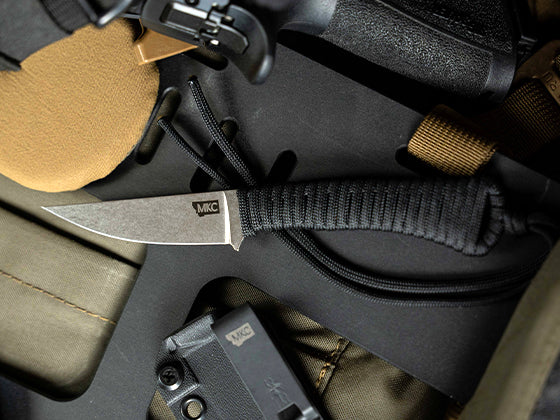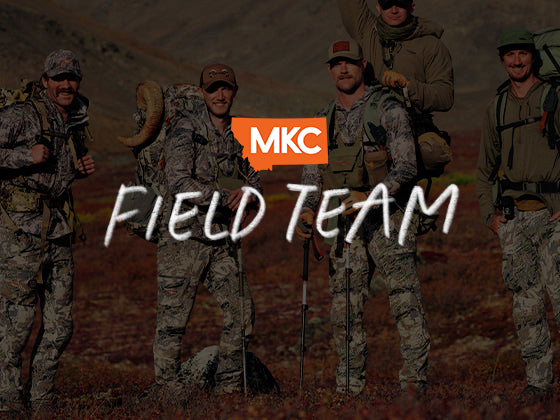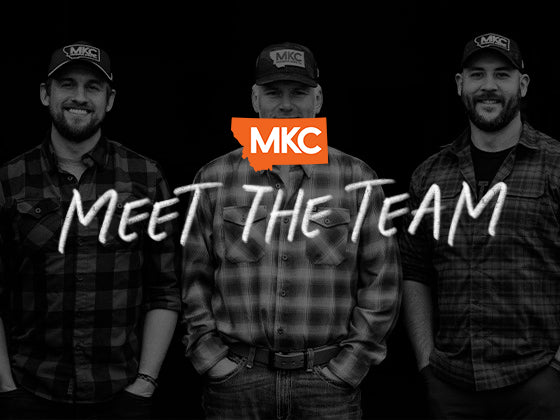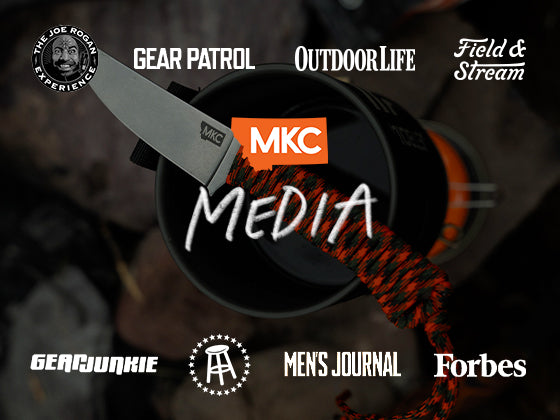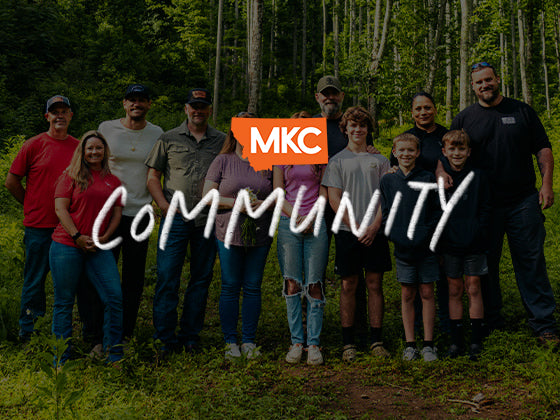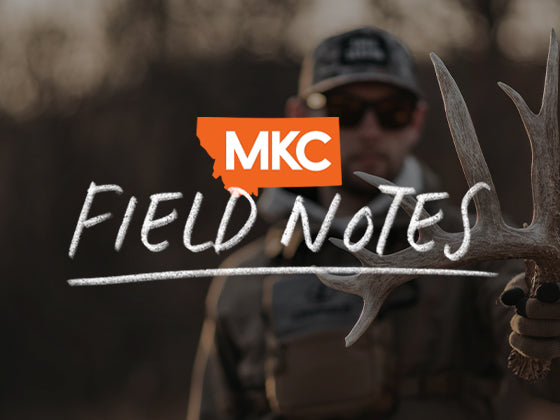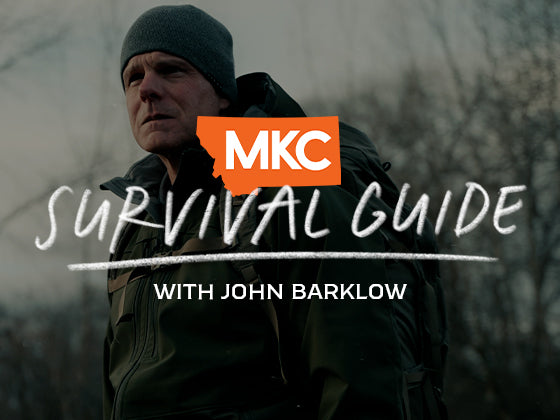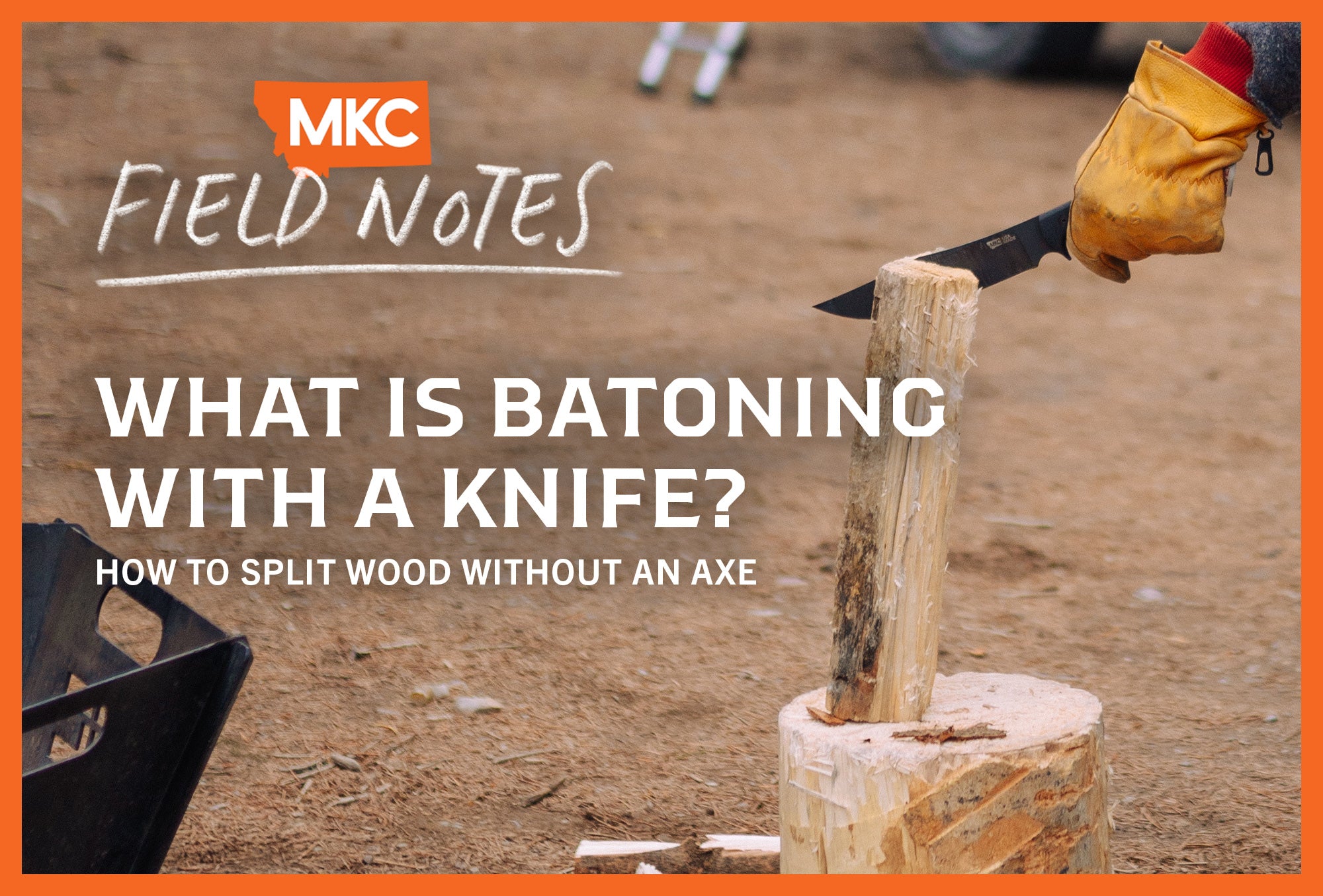No one anticipates a life-threatening injury when they embark on a hiking trip. However, accidents are always possible, and to address them, it’s good to have the best hiking first-aid kit on your person at all times. It may save your life.
Today, we’ll help you assemble the best hiking first-aid kit that includes much more than aspirin and Band-Aids. We’ll also share some planning recommendations that prevent many avoidable problems on the trail.
Stop Emergencies Before They Happen
Even with the best hiking first-aid kit, avoiding an emergency altogether is always preferable. Set out with the goal of not needing your first-aid equipment and carrying it “just in case.”
Before heading into the wilderness:
- Get a map. Familiarizing yourself with the area minimizes your risk of getting lost or ending up in inhospitable terrain. Knowing potential trail hazards can help you plan for emergencies.
- Consider hydration. Water is important, especially in hot climates, and you don’t want to run out. Will you find water on the trail? If so, where? If not, how much extra should you bring? Do you have a way to purify the water you collect?
- Check the weather forecast to ensure you’ve dressed appropriately. Bring rain gear. Weather can change rapidly and unpredictably, so be prepared for different scenarios.
- Dress in layers appropriate for the season, and pack extra socks in case your feet get wet. Proper clothing prevents blisters and frostbite.
- Wear the correct footwear. You need sturdy hiking boots for rugged terrain. Good boots provide better support and reduce the risk of sprains and falls.
- Tell someone where you’re going, the trail name, the trailhead location, and your expected return time. A person who knows your itinerary can expedite rescue efforts.
- Learn about dangerous wildlife in the area, such as snakes, bears, and mountain lions. Have an action plan if you meet these creatures. It can save your life.

The Best Hiking First-Aid Kit: What to Include in Yours
Anyone who has spent time in the wilderness knows even the most thorough prep doesn’t guarantee safety. That said, the better you prepare, the higher your survival chances.
Most hiking first-aid kits already include a few basics. If you’ve purchased one pre-assembled, it likely contains Band-Aids, aspirin, tweezers, medical tape, gloves, disinfectant, antibiotic ointment, and similar basic wound care supplies.
That’s all important to have on the trail, but it’s far from the best hiking first-aid kit on its own.
Moleskin is an essential addition to the best hiking first-aid kit. While a Band-Aid can do the job in a pinch, moleskin is much better at staying in place on long, friction-filled hikes. You can use moleskin preemptively as well as reactively out on the trail.
You may also want to include additional pain relievers in your hiking first-aid kit. Acetaminophen and ibuprofen are both great options, especially for muscle aches and pains. You might also consider a pain-relieving cream or gel.
A bottle of sterile saline is a boon on any trip through the woods. You can use sterile saline as a wound wash, eyewash, nose wash, and more in a pinch.
A simple sewing kit is another important part of your hiking first-aid bundle. Thread, some safety pins, and sewing needles can do much more than just repair your clothing.
A bottle of hand sanitizer is a surprisingly versatile addition to your hiking first-aid kit. Use it to disinfect your hands before cooking or eating. In a pinch, hand sanitizer can help you start fires, too.
Hydrocortisone and Benadryl creams are perfect for treating any manner of itchiness out in the field. Whether it’s poison ivy, insect bites, or allergic skin rashes, you’ll appreciate having treatment on hand.
Additionally, the best hiking first-aid kit includes the following non-first-aid supplies:
- A lightweight knife
- A headlamp
- A communication device, such as a satellite phone or walkie-talkie
- A few space blankets
- Personal medications and prescriptions
- An EpiPen
- Bear spray (if appropriate)
To us, a good knife is a non-negotiable part of any trip into the wilderness. It’s a versatile tool that always comes in handy, whether you need to defend yourself, build an emergency shelter, or dress a wound.
While you likely already have a flashlight or two in your hiking bag, a headlamp is still a surprisingly useful feature of the best hiking first-aid kit. Two free hands and a light are beneficial in too many situations to leave behind.
Most of us carry cell phones everywhere, but the more remote your environment, the less likely you are to have cell coverage. A satellite phone, while expensive, eliminates the risk of losing service. If you’re walking with friends, walkie-talkies are a great way to stay in contact if you become separated.
The best hiking first-aid kit also contains a space blanket or two. Space blankets have an impressive list of uses beyond keeping you warm and cool. You can use them to create shelter, collect water, and even signal for help.
If you’ve been prescribed an EpiPen, taking it with you can’t hurt. You never know what you might react to out in the wilderness, and an EpiPen gives you precious time to get to a hospital.
Finally, pack some bear spray, even if you’re not in a bear-heavy area. You might want to leave it at home to make more room in your pack, but it’s useful for more than just bears. It’s just as persuasive against coyotes, mountain lions, and even dangerous humans. Be Bear Aware recommends choosing a brand that sprays for at least seven seconds and reaches more than 30 feet.

Creating Your Med Kit: Essential Hiking Survival Supplies
Pre-packaged first-aid kits are easy to acquire, but most aren’t designed with hiking in mind. They don’t include the life-saving gear you need after a bone fracture, deep cut, snake bite, or bear attack.
It’s easy to turn one of these basic kits into the best hiking first-aid kit by adding a few extra supplies you need to stay alive in an emergency, such as the ones in our MKC Med Kit:
- The SOF Tourniquet is battle-tested and proven to work in the field. We advise buying an extra one in case one fails or a companion needs treatment. In dire circumstances, two is one and one is none.
- Some MiniTac Wrapping Gauze and a compression bandage can treat most wounds.
- If you or a companion has an anaphylactic reaction, a nasopharyngeal airway can create an open passage for breathing.
- Soldiers carry QuikClot Dressing in the field for traumatic combat injuries. There’s no better way to keep a wound from bleeding out.
- HyFin Vent Chest Seals cover “sucking” chest wounds, such as those caused by falling on a sharp branch or your own knife.
The Best Hiking First-Aid Kit: Final Tips
Thorough preparation and the best hiking first-aid kit can prevent or allay most catastrophes out on the trail.
An important part of preparation is learning how to use your equipment. If you don’t know how to use a tourniquet, how to pack a wound, or how to react to other medical emergencies, learn how before these injuries occur. A tourniquet is useless if you don’t know how to apply it.
Before you leave, double-check your hiking first-aid kit. Fully charge any communication devices. Familiarize yourself with your hiking location and its risks. And most importantly, enjoy your adventure!
by Josh Smith, Master Bladesmith and Founder of Montana Knife Company
